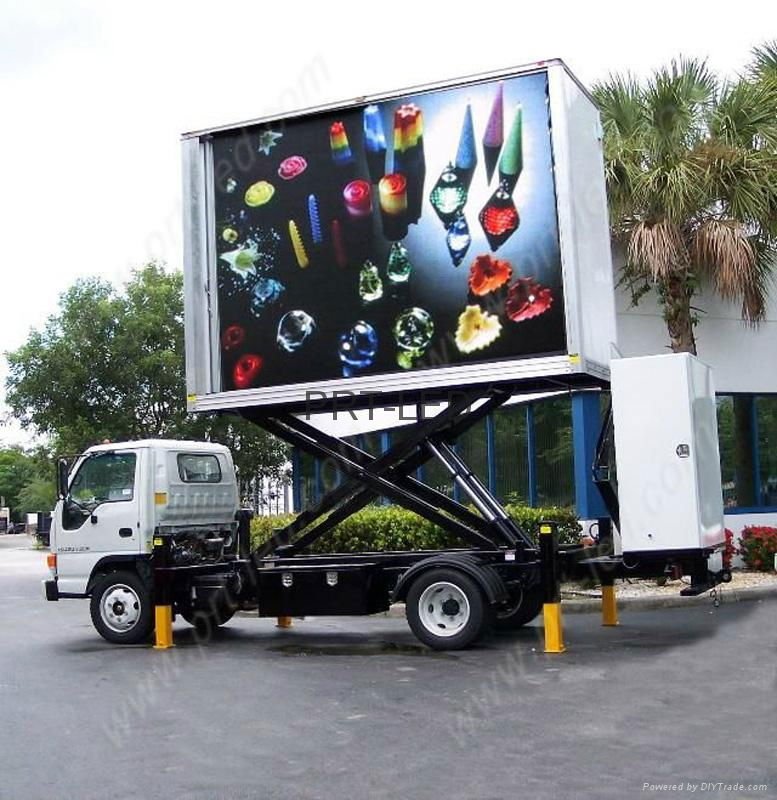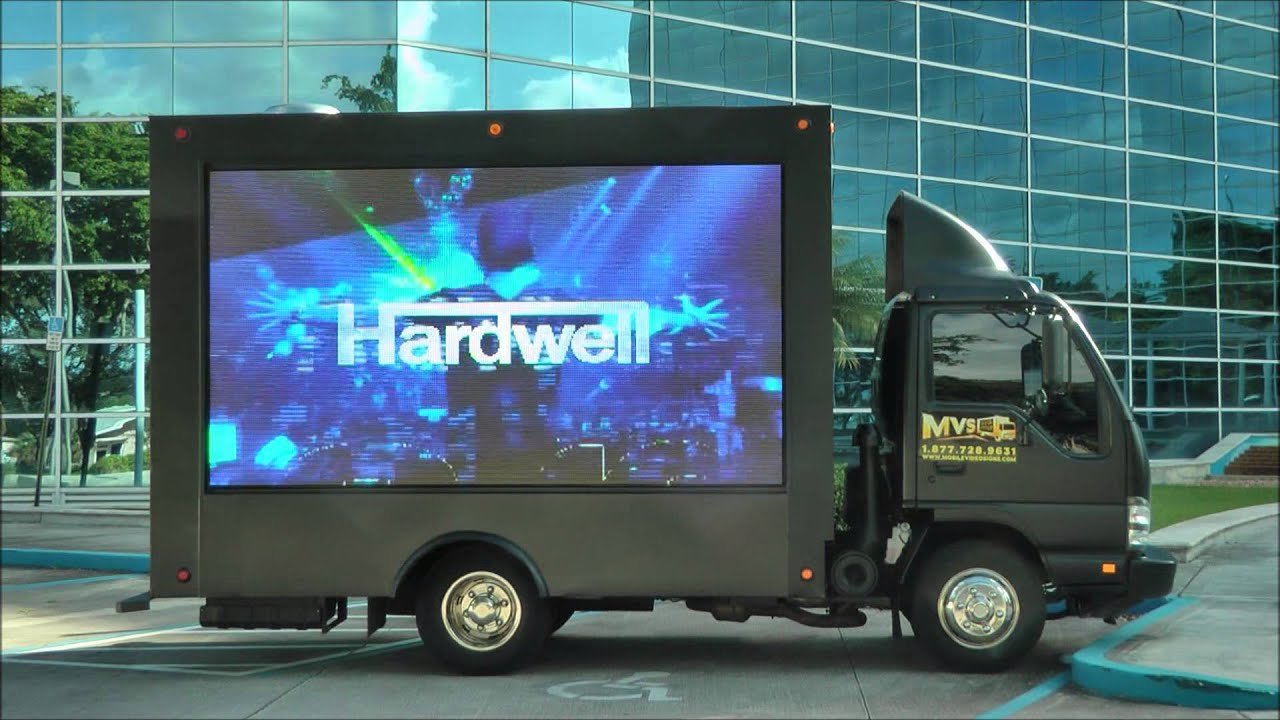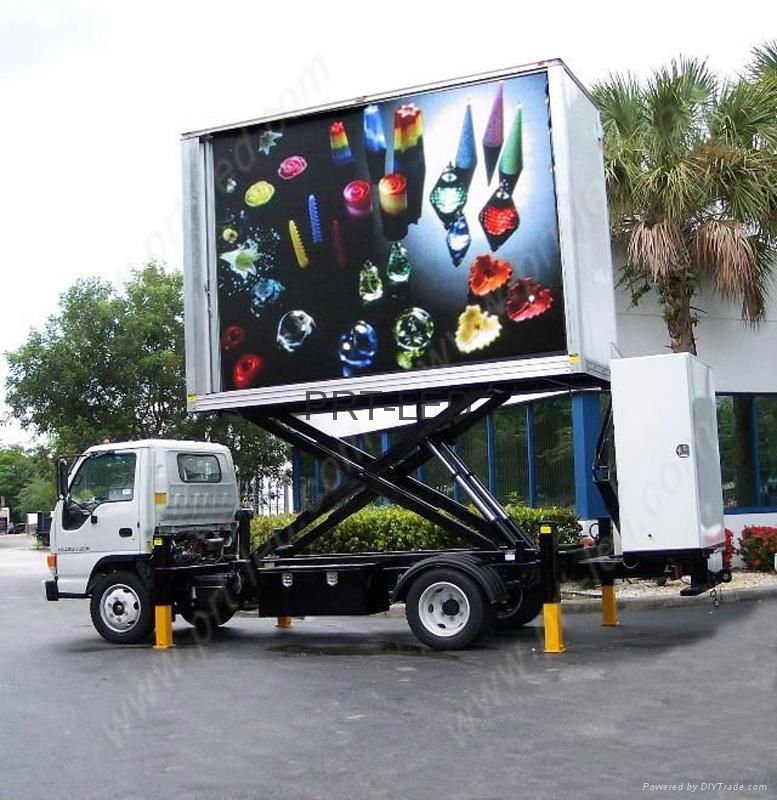Self-service kiosks have become essential tools for businesses aiming to streamline services, enhance customer experience, and boost conversions. Whether in retail, healthcare, or hospitality, self-service kiosks offer users convenience, reduce wait times, and provide a customized experience. But merely installing a kiosk doesn’t guarantee success—optimizing it for high conversions is key.
In this post, we’ll explore strategies for enhancing conversion rates in self-service kiosks, discussing everything from intuitive design to targeted marketing.

Key Strategies for Optimizing Self-Service Kiosk Conversion
1. User-Friendly Interface Design
- A straightforward interface is vital for any self-service kiosk. Clear visuals, minimal text, and large, accessible buttons ensure that users of all ages and abilities can easily navigate the system.
- Pro Tip: Conduct usability testing to identify and eliminate any potential bottlenecks in the interface.
2. Personalization and Recommendations
- Personalized recommendations based on user behavior or previous purchases enhance engagement and encourage upsells. For example, suggesting complementary items or meal upgrades can boost average ticket size in a food-ordering kiosk.
- Example: If a customer orders a coffee, prompt them with an option to add a snack or dessert.
3. Speed and Efficiency
- Slow kiosks can lead to frustration and abandonment. Ensure the kiosk operates swiftly by optimizing software and regularly updating hardware.
- Reducing response times increases user satisfaction, making them more likely to complete their transaction and return in the future.
4. Payment Options Flexibility
- Offering multiple payment options (credit card, mobile payment, or loyalty points) increases the likelihood of conversion.
- Pro Tip: Add a contactless payment option, as this is increasingly popular among users.
5. Visuals and Multimedia Content
- Interactive visuals and multimedia content (such as videos or animations) can capture attention and retain it. Ensure visuals are relevant, high-quality, and serve a purpose, whether for guiding users or promoting products.
- Example: Use short tutorial videos on the home screen to guide new users through the kiosk’s functionalities.
6. Real-Time Analytics and Monitoring
- Using real-time analytics helps you understand user behaviors, including popular features and abandonment points. By analyzing this data, you can make necessary adjustments, improving both user experience and conversion rates.
FAQs on Self-Service Kiosk Conversion Optimization
Q1: Why is the design of a kiosk interface important for conversion?
A: A user-friendly design encourages users to complete their transactions, directly impacting conversion rates.
Q2: How can I personalize a self-service kiosk experience?
A: Personalization can be achieved by using data-driven recommendations based on previous purchases or behaviors.
Q3: What payment methods are recommended for self-service kiosks?
A: Credit cards, mobile payments, and loyalty points are popular options that provide flexibility and convenience.
Q4: How can I monitor kiosk performance in real time?
A: Implementing analytics software allows for tracking user interactions, enabling businesses to identify and address any challenges.
Q5: How can self-service kiosks help boost customer satisfaction?
A: Kiosks reduce wait times and offer a streamlined, convenient, and often personalized experience, boosting overall satisfaction.
Final thoughts
Optimizing self-service kiosks for higher conversion rates involves creating an intuitive, efficient, and engaging user experience. By focusing on interface design, personalization, speed, diverse payment options, and real-time monitoring, businesses can leverage kiosks to drive engagement and increase conversions. When optimized correctly, self-service kiosks offer convenience and a valuable tool for business growth and customer satisfaction.




